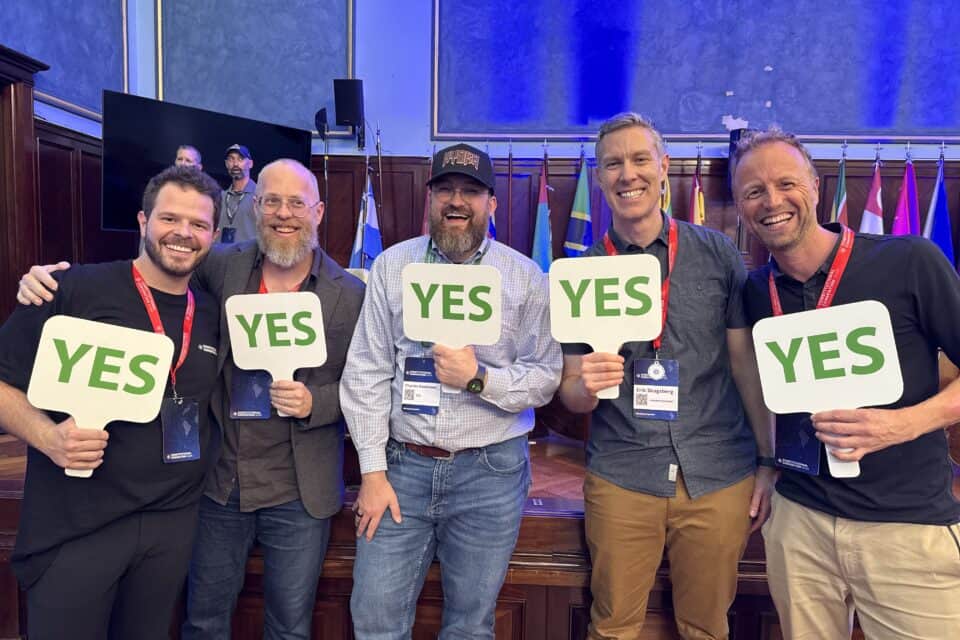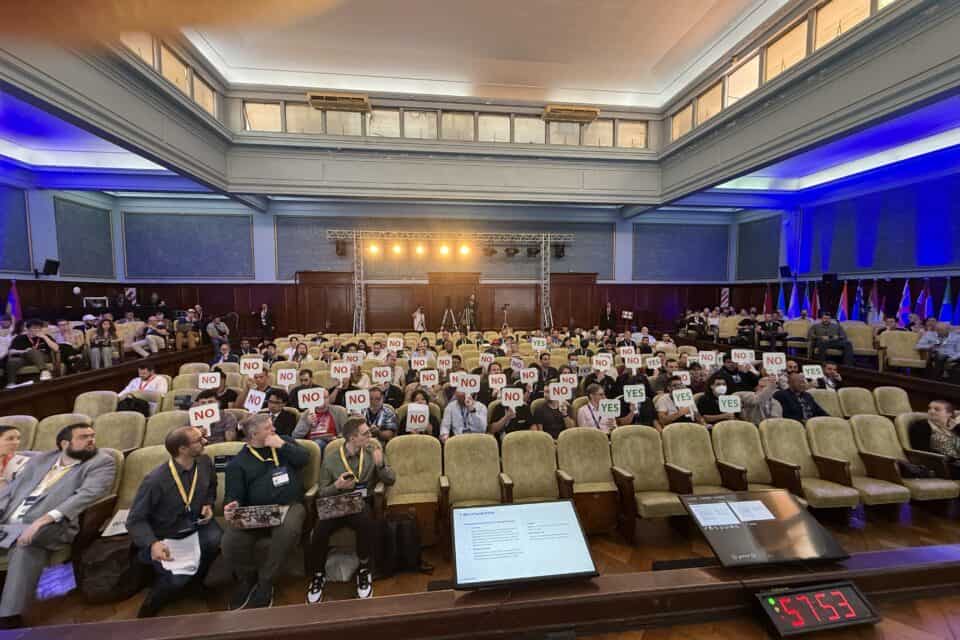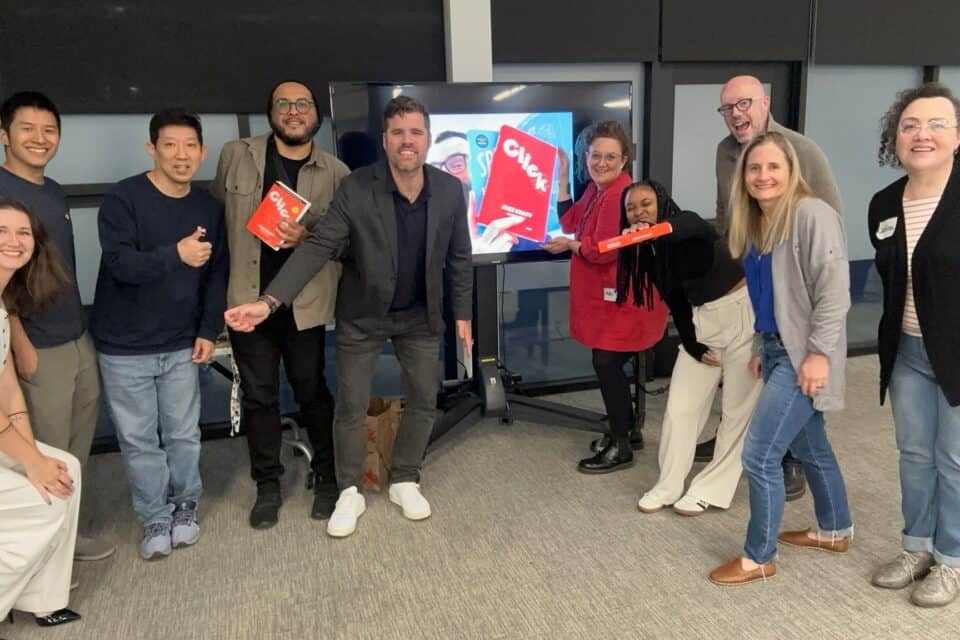
Map Before You Move explores a systems-first approach to AI transformation so your tools don’t just speed up broken workflows. Learn how to see your organization as an ecosystem, map roles, rituals, rules, and boundaries, and use systems mapping in Miro to uncover bottlenecks before they appear. This 60–90 minute workshop guide helps digital transformation and AI teams convene cross-functional clarity, design safer experiments, align incentives and governance, and turn AI pilots into sustainable change that amplifies what your organization values most. Featuring Voltage Control’s Activity of the Month and insights from the Facilitation Lab Summit.








